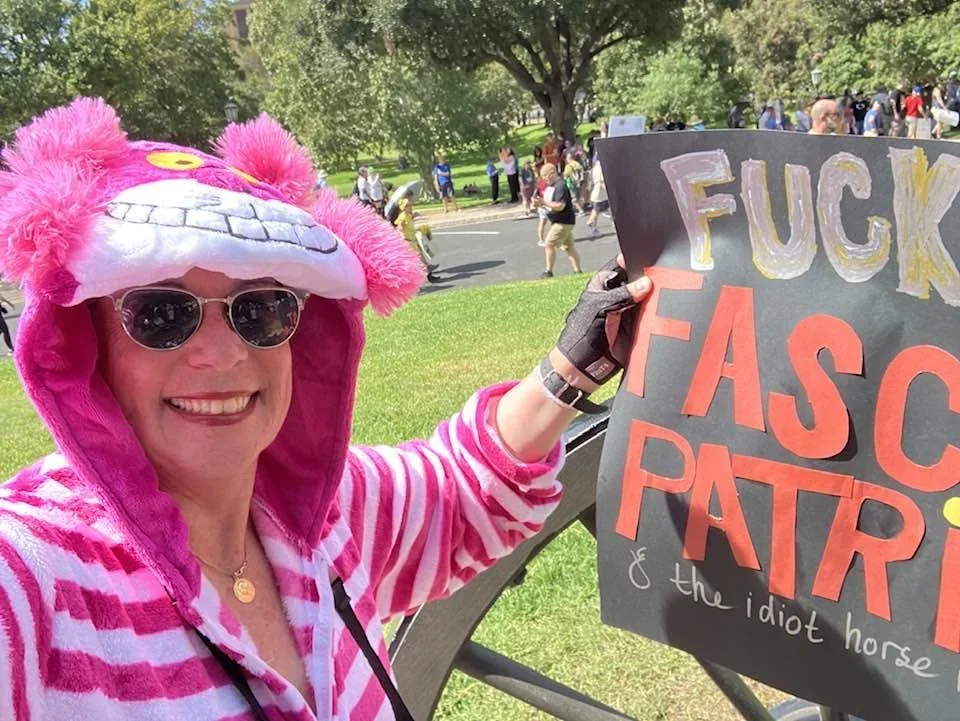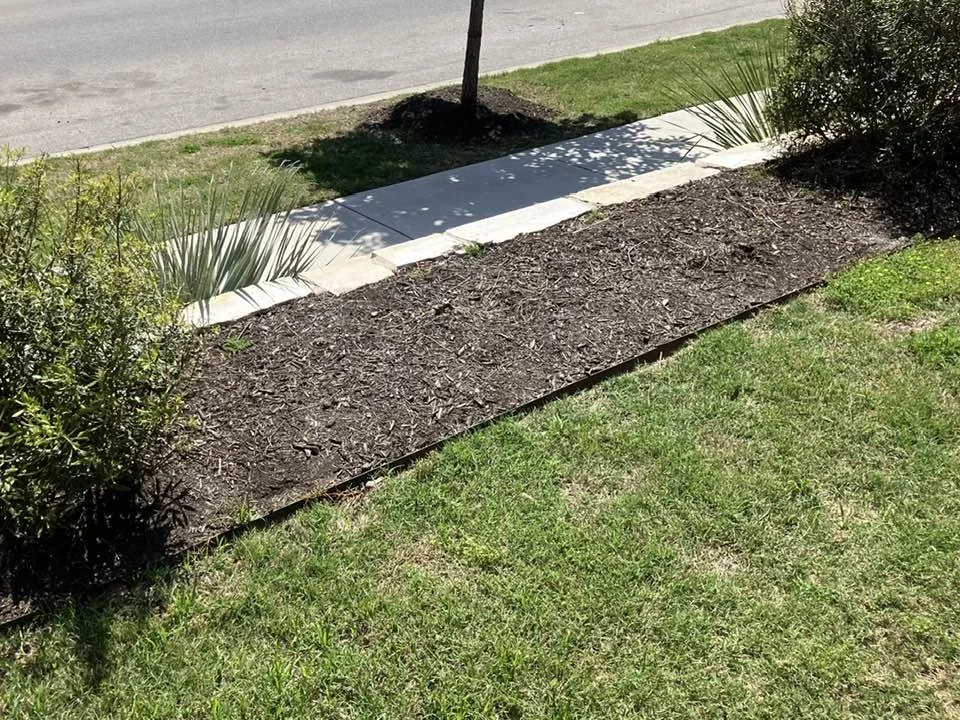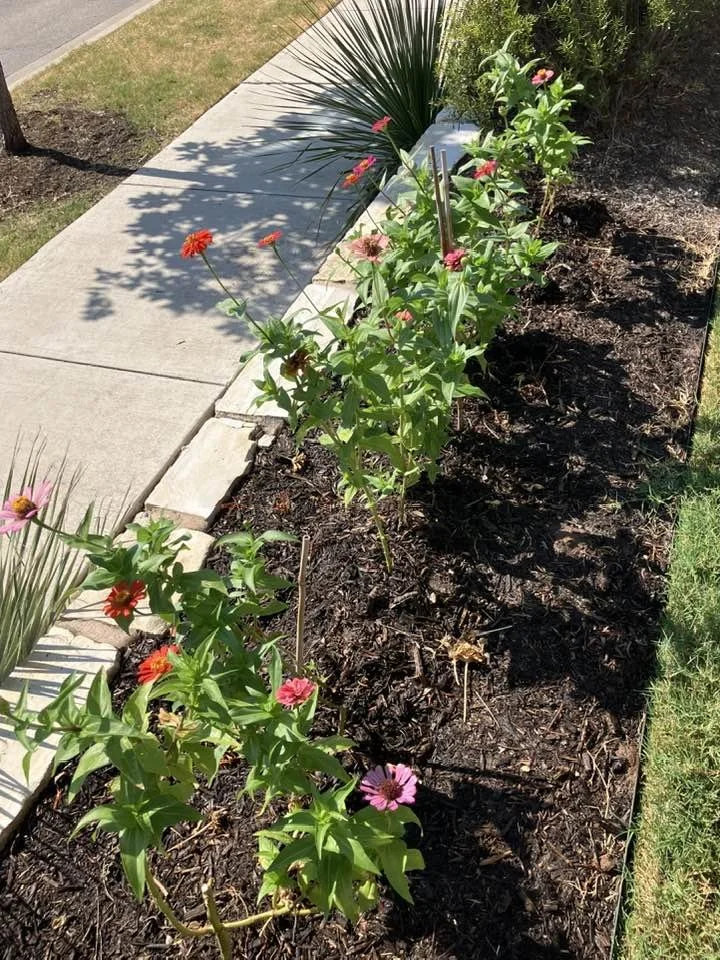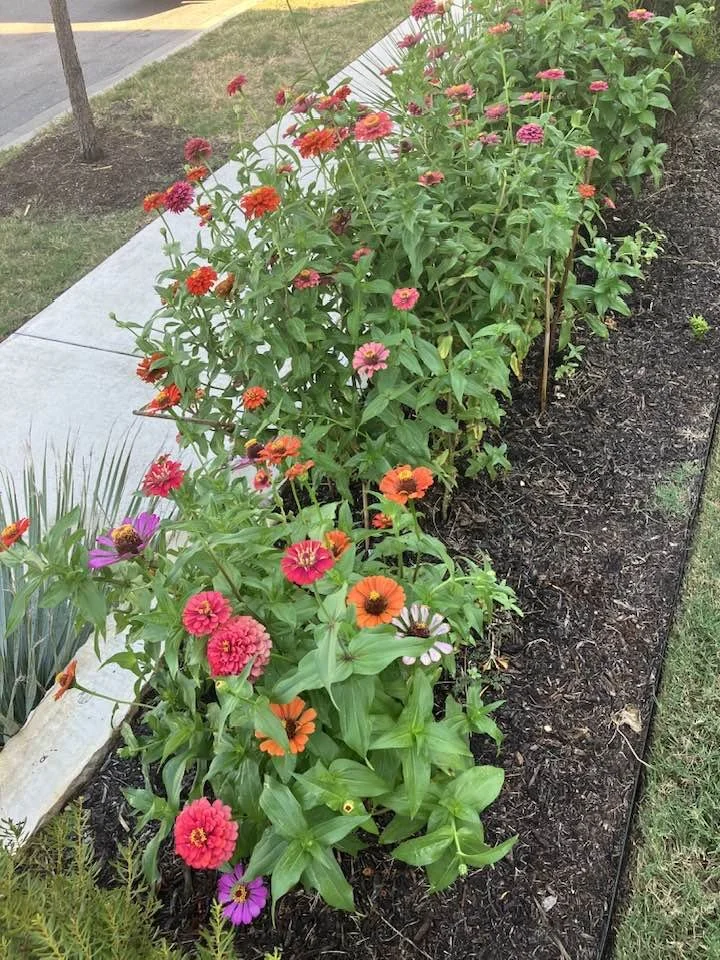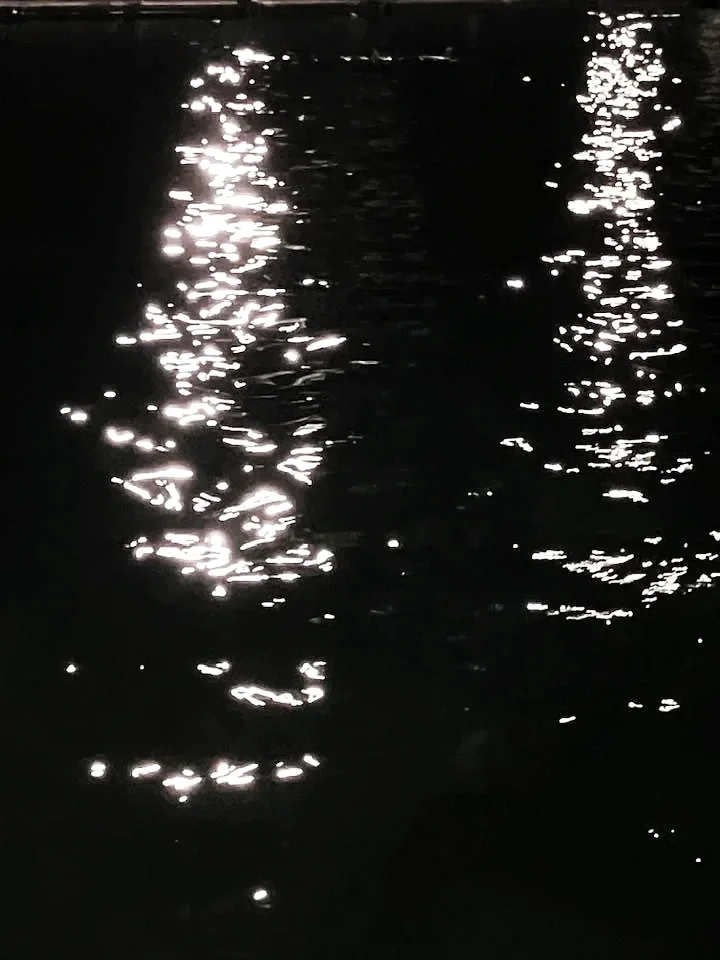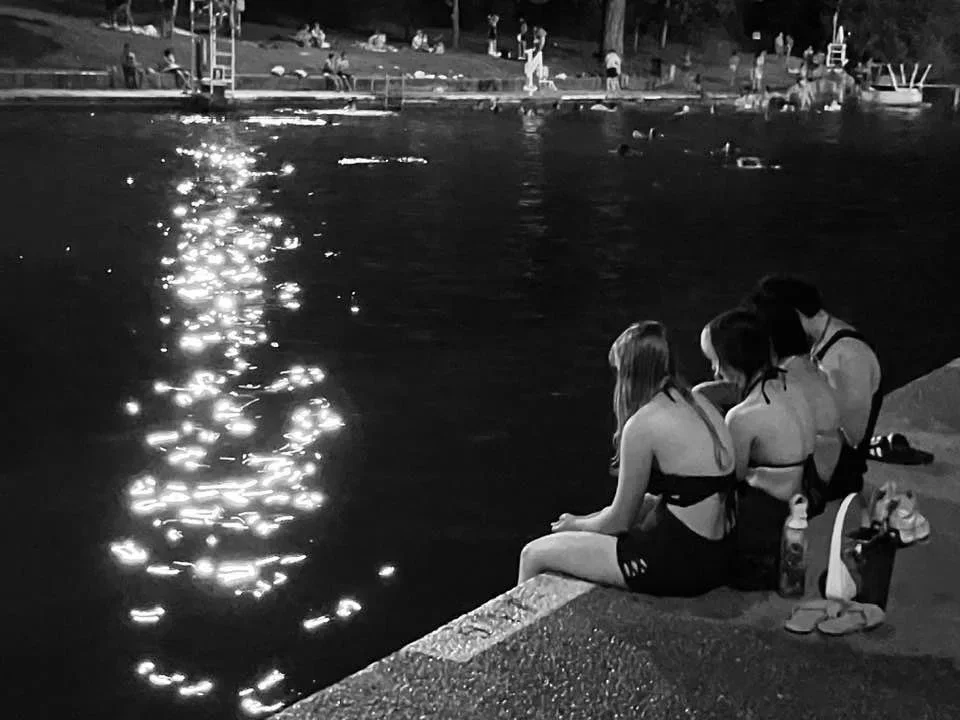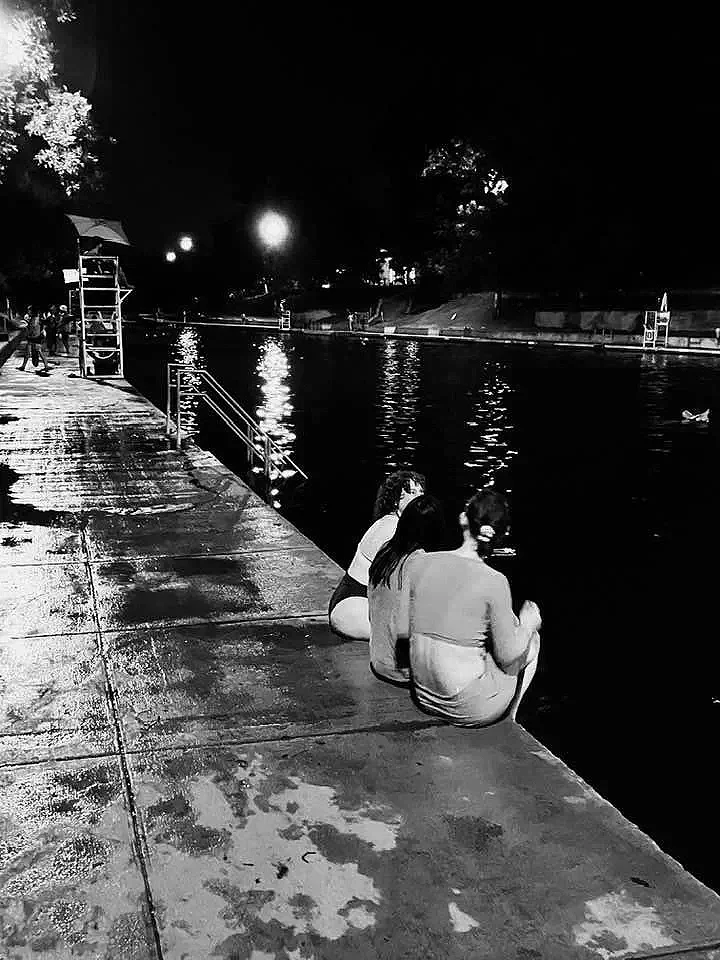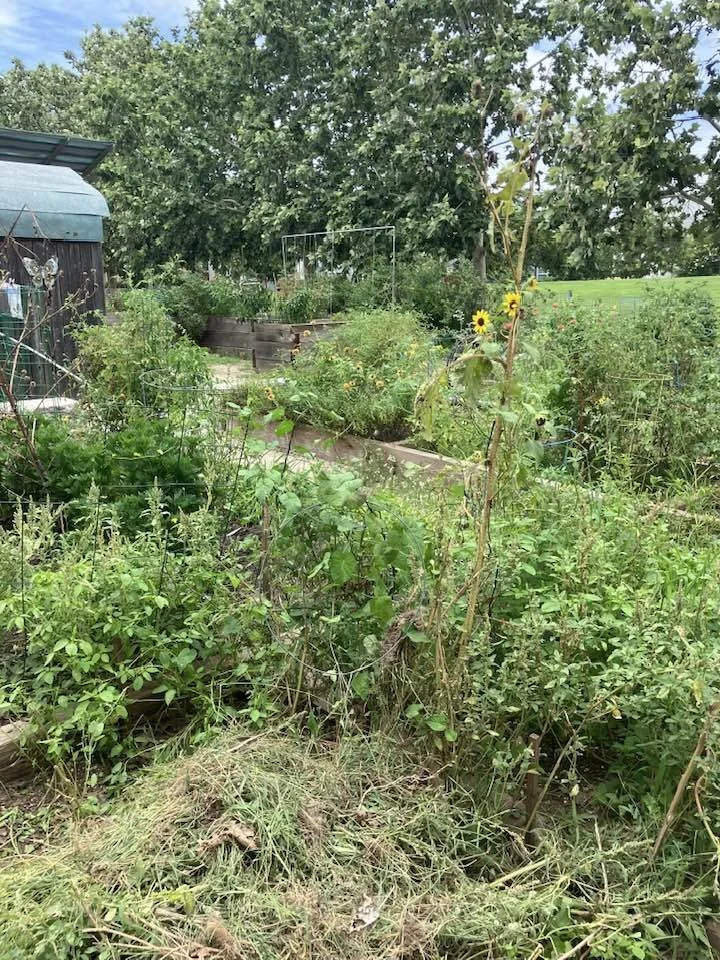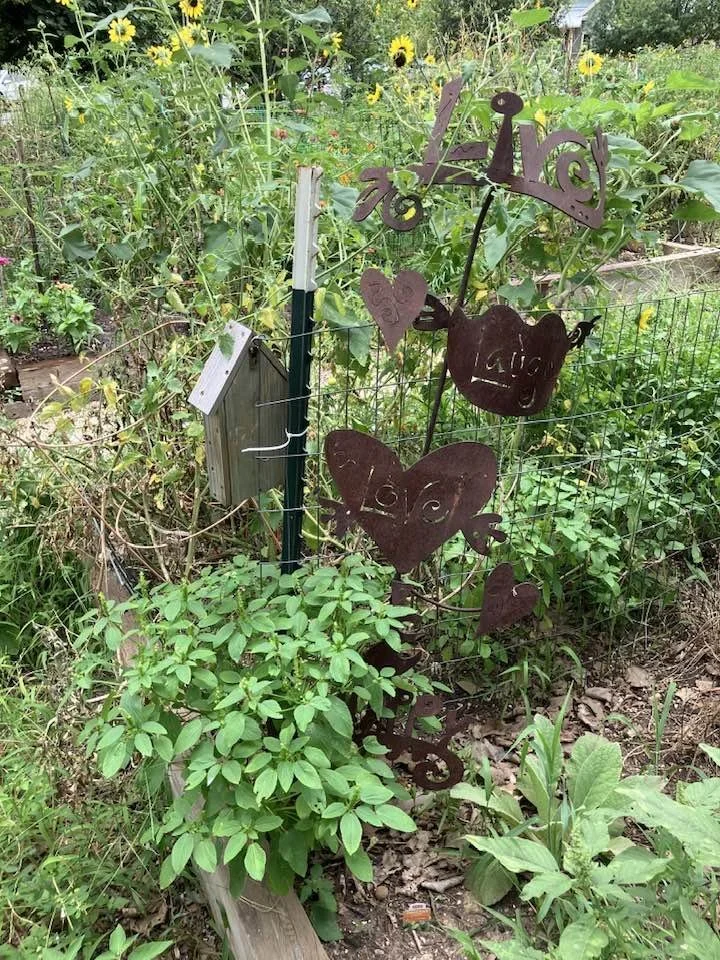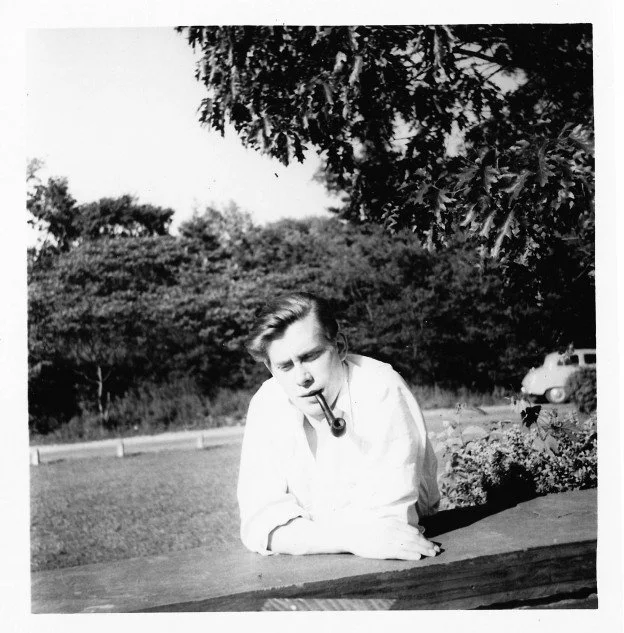I wasn’t explicitly thinking about the Beach Boys when I wrote my prose poem, “The Pet.” Later, when I’d settled on a title, my mind kept wanting to land on Pet Sounds, which also happened to be the name of an album the Beach Boys put out in 1966. Somehow and in some way, my unconscious had found a link between what I’d written and that album, only parts of which I had ever heard.
What happened was syncronicity in its purest form. There was no cause and effect here. Just a random connection made by a mind that thrives on associative thinking and on trying to understand what such an apparently random pairing—a poem deeply colored by gender aggrievement and an old pop-rock album awash in wistful sentimentality—might actually mean.
The Beach Boys were the soundtrack to the early part of my 1970s Southern California childhood. I knew their most popular surf and beachside songs and could sing along to them whenever they played on the radio. In elementary school, I remember learning the lyrics to “Sloop John B” to perform with classmates for a family music night. A greatest hits CD sits in my music collection. Yet Pet Sounds was one recording I did not know; but that other iconic bands like the Beatles, and in particular, Paul McCartney, admired for its rich sonic textures.
Exploring the album now what I see and hear is an abundance of playfulness. Literal pet sounds, like dogs unexpectedly barking at the end, are woven into the album. Perhaps this, along with other, more strictly musical/vocal sounds, are meant to showcase what caught the ears and imaginations of band members enough to became “pets.” And then there is the iconic cover with all five band members—Brian, Carl and Dennis Wilson, Mike Love and Al Jardine—feeding goats at a San Diego petting zoo.
My own piece was also something of an experiment. I’d written a draft of it during a timed generative writing session I’d had with a group of other writers. They were just lines that came to me with a minimum filtering from my conscious mind, one after the other and not especially well thought out, with no attention to form. That early version, written under 30 minutes, presented visually as a poem though it was only a collection of ideas. What I ultimately revised it into looked like two short paragraphs but read more with more deliberate lyricism.
There was a pet in my poem, too. Or rather, a human who felt like a bird because someone, a lover, was trying to tame that human into pethood; but who was not nearly as domesticated as the animals associated with the Beach Boys’ album. When I put the situation in context of the album, things took an interesting turn. Most of the songs on the album are of the age from which they came: pretty boy-loves-girl confections by the men doing the hoping, wishing and loving. Which reminded me that the word “pet” could have one other meaning: women, as—and especially in context of the album—the adoring objects of affection.
That I chose a bird made compelling sense: they have their own songs to sing. And my speaker was doing exactly that, in a situation that threatened to keep her both silenced and “caged.” Liberation was flying free; alone, perhaps, but also autonomous. In the lyrics to songs like “Wouldn’t It Be Nice,” the dreams of endless togetherness culminating in marriage are the liberation, even if the women included in the dreams remain silent. Passive. Still very much on the pedestal of an era that was on the verge of being challenged by women just beginning to discover—and assert—voices that could sing.
In 1966, I was just a year old. But the experiences I would have when I reached the young adulthood were still influenced by the traditional social attitudes Pet Sounds reflected. The gender ideology of the 1980s glorified choice born out of the gender struggles from the two decades that came before. Women could work or follow the path of wife and mother…and be damned if they did, damned if they didn’t. They could follow a career and expect to be labeled selfish. Or become a wife (or a wife and career woman) and live with the anxiety of never being enough.
I would call my relationship to Pet Sounds bittersweet as the minor key in which Brian Wilson composed most of the songs on the album; and as bittersweet as my speaker’s tone in “The Pet.” There are memories—of innocence, of heartbreaks and of California—that inhere in both for me. And that I reclaim like broken wings made whole again through words.
